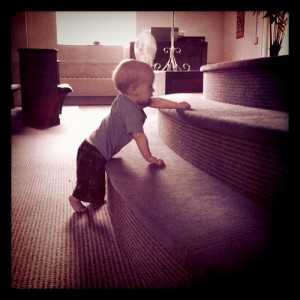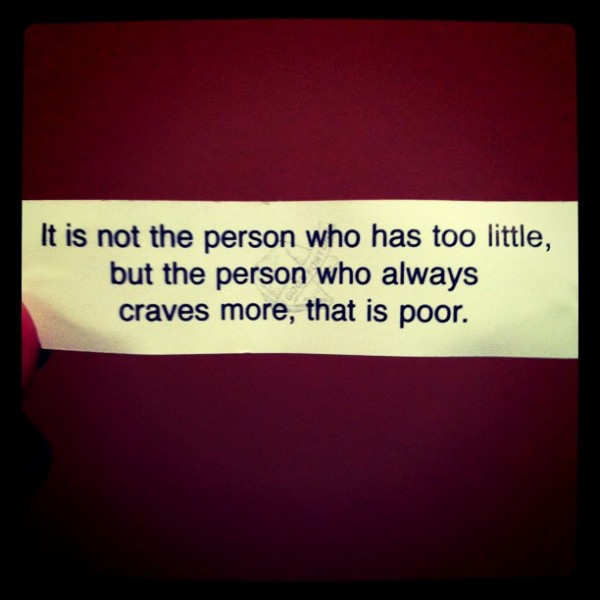 I’ve raved about inexpensive prefold diapers in the past, and I still think they’re a great entry into cloth diapering. They don’t require a huge financial investment, they’re easy to use, durable, and a snap to keep clean.
I’ve raved about inexpensive prefold diapers in the past, and I still think they’re a great entry into cloth diapering. They don’t require a huge financial investment, they’re easy to use, durable, and a snap to keep clean.
However. As many of you seasoned cloth diapering moms warned me, prefolds have become cumbersome as Judah is getting more mobile. I don’t think they’re interfering with his ability to move around (obviously), but I do wonder if they’re as comfortable for him now that he’s moving. And let’s be honest, wrestling a mobile baby into a prefold, Snappi, and cover while he twists and turns and moves is a lot harder than snapping him into a single diaper.
One other slightly TMI confession: I am not as wild about cloth diapers since we introduced solids. Prefolds were simple for an exclusively breastfed baby. Now not so much. I’ve tested some of the pockets I already have on hand, and I was amazed at how much easier it was to deal with solid waste with the fancy microfleece lining compared to the cotton prefolds that are folded to fit him. Let’s just say all those folds and creases make it a lot harder to dispose of the waste before washing. Moving on.
I don’t want to discourage anyone from prefold diapers. They have worked fabulously for me, and I will continue to keep them on hand and probably continue to use them under certain circumstances. I don’t regret buying them. I didn’t want to invest hundreds of dollars into a cloth diaper stash before I knew if it would work for us, and the initial investment to use pocket diapers full-time for a newborn who needs 10-12 diapers changes a day was just too much for me.
I’m just starting to wonder if I should add a few more pocket diapers to my stash to make things a little easier on all of us (and future babysitters). Now that we’re past the newborn phase of 12 diapers a day, I could probably make a dozen diapers last two days, especially if I had some prefolds on hand to fill in the gaps if he needs a few extra diaper changes on some days.
I have a BumGenius 4.0, a FuzziBunz Hemp Organic, a BumGenius all-in-one, and a SmartiPants pocket diaper. I like all of the pocket diapers a lot, but I haven’t used them enough to develop a preference.
I wanted to get opinions from my cloth diapering readers: do you have a preference for a certain pocket diaper? Which works best for toddlers? Judah is slim and small for his age (10th percentile for weight, 50th for height at his last appointment three months ago), so I suspect he will stay that way for the foreseeable future. He’s probably around 18 pounds now, so I don’t think fit will be a problem for a while. We hope to use cloth until he potty trains, so I want to make sure they diapers I buy now will fit a 3-year-old if necessary.
I like the idea of FuzziBunz hemp diapers, because they’re made from organic, natural materials. But they’re more expensive. I’ve also developed some brand loyalty toward Cotton Babies products. My favorite covers are Flips and Econobums, so I’m thinking I’ll be just as happy with the BumGenius. So I’m torn. Tell me what you think!





